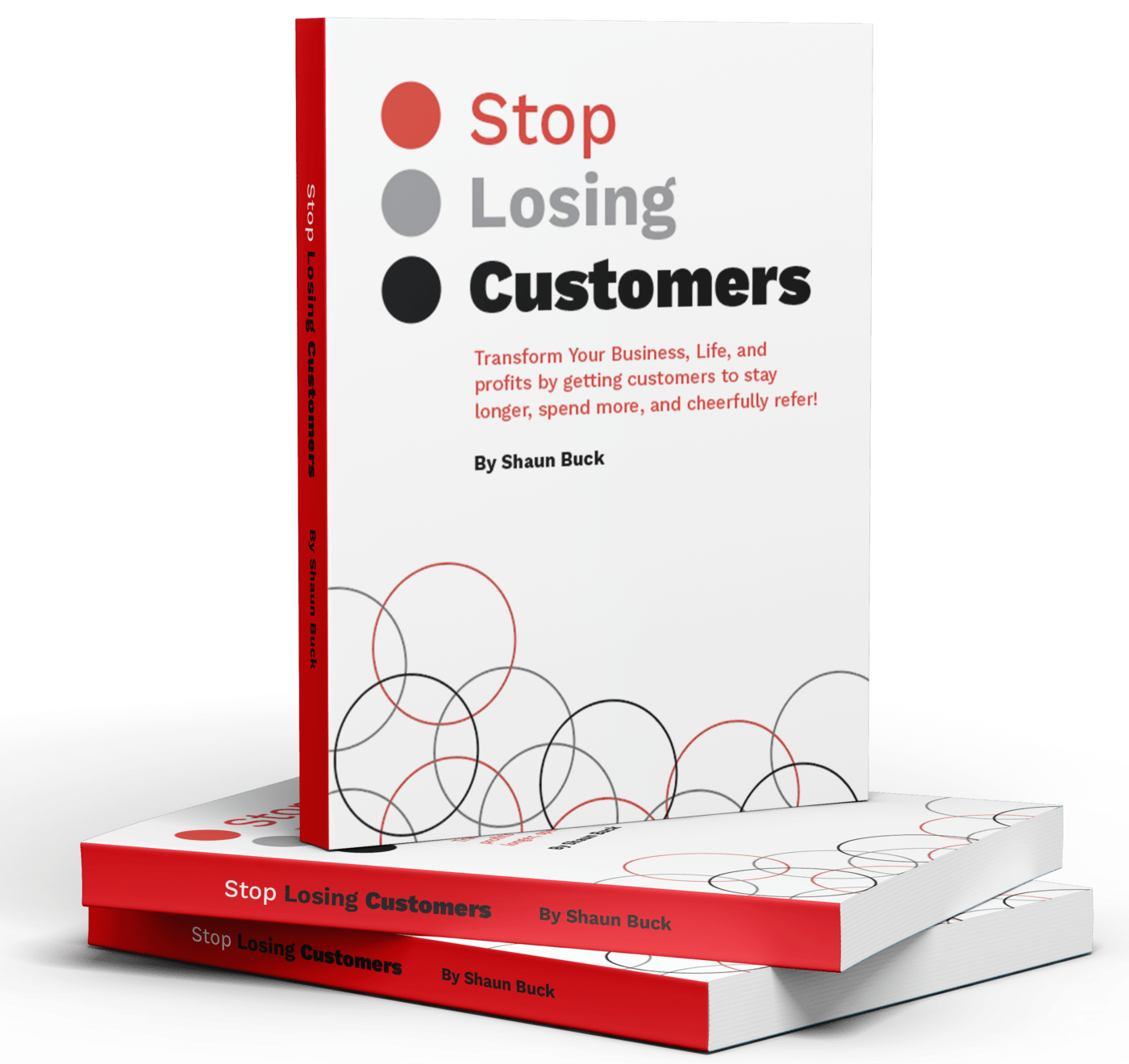Social media has become an important part of modern life, with billions of people around the world using platforms such as Facebook, Twitter, and Instagram to connect with friends, family, and colleagues. As a result, businesses are increasingly turning to social media to reach their target audiences and build relationships with them. However, creating effective social media campaigns can be challenging. This guide will provide an overview of how to create a successful social media campaign by setting goals, creating a plan, deciding on the best strategy, mining social media data, looking through the data for the most relevant pieces, creating a post of value, asking for permission to use data when applicable, outreach to local businesses and organizations, posting the piece and promoting it, watching others share it and drawing conclusions.
Successful social media campaigns require goal-setting, planning, data mining, creation of valuable content, and promotion. Data should be used to inform decisions and create posts of value, and permission should be sought when applicable. Outreach to local businesses and organizations can help boost visibility and engagement.
State a Goal
When it comes to social media marketing, setting a goal is essential. It helps to keep the focus and ensure that the intended outcome is achieved. Goals should be specific, measurable, attainable, relevant and timely (SMART). For example, if the goal is to increase brand awareness, then metrics such as website visits, followers or shares can be used to measure progress.
Define Your Audience
The first step in setting a goal is to define your target audience. Who are you trying to reach? Are they millennials, Gen Xers or Baby Boomers? Knowing who your audience is will help you determine which platforms they use and what content resonates with them.
Set Measurable Objectives
Once you have identified your target audience, it’s time to set measurable objectives. These should be specific and achievable within a certain timeframe. For example, if the goal is to increase brand awareness, then one objective could be to gain 500 new followers on Twitter within six months.
Identify Resources & Set Deadlines
Next, identify the resources needed to achieve the goal and set deadlines for each task. This will help keep everyone on track and ensure that tasks are completed in a timely manner. It’s also important to factor in any external factors that may affect progress such as holidays or seasonal changes in consumer behaviour.
Evaluate Progress & Adjust Strategy If Necessary
Finally, it’s important to evaluate progress regularly and adjust strategies if necessary. This will help ensure that goals are being met and that resources are being used effectively. social media analytics tools can be used to track performance and make data-driven decisions about future campaigns.
Set SMART goals, define audience, set measurable objectives, identify resources & deadlines, evaluate progress & adjust strategy.
Creating a Plan
When creating a plan for social media marketing, it is important to think about the goals you want to achieve and how best to go about achieving them. Here are some steps to consider when creating a plan:
Set realistic goals
It is important to set realistic goals that can be achieved within the time frame you have available. It is also important to ensure that the goals are measurable so that progress can be tracked. For example, if your goal is to increase brand awareness, you could measure this by tracking the number of followers on your social media accounts or the amount of engagement your posts receive.
Research your audience
To create an effective plan, it is important to understand who your target audience is and what kind of content they would be interested in seeing. Researching your audience will help you tailor content specifically for them and ensure that it resonates with them. This can include looking at demographic information such as age and gender, as well as researching interests and topics related to your brand.
Create content
Once you have identified who your target audience is, it’s time to start creating content that resonates with them. This could include blog posts, videos, images, infographics or any other type of content that would be relevant to your audience. It’s also important to think about how often you should post and which platforms will work best for reaching your target audience.
Track performance
Finally, once you have created a plan and started posting content, it is important to track its performance so that you can see what works and what doesn’t. This could include looking at metrics such as likes, shares and comments on each post or tracking website visits from social media sources. Tracking performance will help you refine your strategy over time and ensure that you are getting the most out of your efforts.
Set realistic goals, research audience, create content, track performance.
Decide the Best Strategy
Before deciding on a strategy, it is important to understand the goal and create a plan. Once this is done, it is time to decide on the best strategy for achieving that goal.
Research
The first step in determining the best strategy is to do research on the target audience. This includes looking at their interests, needs, and behaviors. It is also important to look at what similar businesses or organizations have done in order to determine what has worked and what hasn’t.
Analyze
Next, it is important to analyze the data gathered from research in order to identify trends and patterns. This will help in developing an effective strategy that takes into account the target audience’s needs and interests.
Test
Once a strategy has been developed, it should be tested before being implemented. This can be done through surveys or focus groups with members of the target audience. Testing will provide feedback on how effective the strategy is likely to be when implemented.
Evaluate
Finally, once a strategy has been implemented, it should be evaluated regularly in order to measure its effectiveness and make adjustments as needed. Evaluating a strategy will help ensure that it remains relevant and effective over time.
By researching, analyzing, testing, and evaluating strategies, businesses and organizations can ensure they are using the best possible approach for achieving their goals.
Mine Social Media Data
Social media data can be a powerful tool for businesses and organizations to gain insights into their target audience, build relationships, and ultimately grow their brand. In order to successfully mine social media data, it is important to first understand the goal that you are trying to achieve. Once the goal is established, a plan should be created that outlines how the data will be collected and analyzed.
Decide the Best Strategy
When deciding on the best strategy for mining social media data, it is important to consider the type of data that needs to be collected. For example, if a business wants to gain insights into customer preferences, they may want to focus on tracking likes and comments on posts related to their products or services. Additionally, if an organization wants to measure brand awareness or engagement, they may want to track mentions of their brand name or hashtags associated with their brand.
Once the type of data needed has been identified, it is important to determine which platforms are most relevant for collecting this data. Different platforms have different features and capabilities that can help businesses and organizations effectively mine social media data. For example, Twitter and Instagram are great for tracking conversations about specific topics while Facebook is ideal for gathering insights about customer preferences.
Look Through the Data for the Most Relevant Pieces
Once the data has been collected from various social media platforms, it is important to look through it in order to identify the most relevant pieces of information. This could include posts from customers about their experiences with a product or service as well as conversations between potential customers about what they are looking for in a particular product or service. It is also important to note any trends or patterns in the data that could provide valuable insights into customer preferences or behaviors.
Create a Post of Value
Once the most relevant pieces of information have been identified, it is time to create a post of value based on this information. This post should be engaging and informative and should provide readers with useful information that can help them make decisions about products or services that they may be interested in purchasing. Additionally, when creating this post it is important to ensure that all sources are properly credited and permission is obtained from any individuals who have shared personal stories or anecdotes that will be included in the post.
Outreach To Local Businesses And Organizations
Finally, once the post has been created it is important to reach out to local businesses and organizations who may benefit from its content. This could include sending emails directly with a link to the post or sharing it on relevant industry forums or websites where potential customers may find it useful. Additionally, businesses and organizations should take advantage of any existing relationships they have with influencers who may be willing to share their post with their followers as well as any other promotional opportunities available such as sponsored posts on social media platforms.
By following these steps businesses and organizations can effectively mine social media data in order to gain valuable insights into their target audience as well as build relationships with potential customers which can ultimately help them grow their brand presence online.
Look Through the Data for the Most Relevant Pieces
Once you have mined the social media data, it’s time to look through it and find the most relevant pieces. This is an important part of the process as it will determine what content you create and how successful your post will be.
Analyzing the Data
The first step in this process is to analyze the data you have collected. Look for patterns or trends that can help you understand what type of content is popular with your target audience. You should also consider which topics are resonating with them and how they are engaging with each piece of content. This will give you insight into what type of content to create for your post.
Selecting Content
Once you have analyzed the data, it’s time to select the most relevant pieces for your post. Consider which pieces are most likely to capture the attention of your target audience and make sure they align with your goal. It’s also important to select pieces that are timely and relevant so they don’t become outdated quickly.
Organizing Content
Once you have selected the pieces, it’s time to organize them into a cohesive post. Make sure all of the pieces fit together well and there is a logical flow from one piece to another. Additionally, try to keep each piece short and concise so that readers can easily digest it without getting overwhelmed by too much information at once.
Create a Post of Value
Creating a post of value is essential to successful content marketing. When creating content, it’s important to consider the audience and create something that is interesting, informative, and engaging. To do this, marketers must first identify their target audience and understand what type of content resonates with them most.
Steps for Creating a Post of Value
The first step in creating a post of value is to research relevant topics related to the target audience. Marketers should look for trending topics, industry news, and other popular topics that could be used as a basis for the post. Additionally, they should also consider using data from social media platforms such as Twitter and Facebook to gain insights into what kind of content resonates with their target audience.
Once relevant topics have been identified, the next step is to create an outline for the post. This should include an introduction that outlines the main points of the post, followed by body paragraphs that discuss each point in more detail. Additionally, marketers should be sure to include visual elements such as images or videos wherever possible in order to make the post more engaging and appealing.

The next step is to write the actual post itself. Here, marketers should focus on making sure that every sentence adds value to the overall piece and that no superfluous information is included. Additionally, they should also be sure to use language that is easy to understand and free from jargon so as not to alienate any readers who may not be familiar with certain terms or concepts.
Finally, once the post has been written it’s important to review it thoroughly before publishing it online. This includes checking for any errors or typos as well as ensuring that all sources are properly cited if applicable. Additionally, marketers should also take some time to promote their posts on various social media platforms in order to reach a wider audience and increase engagement with their content.
Creating a post of value requires careful planning and consideration but can ultimately result in increased engagement with customers if done correctly. By following these steps and taking the time to research relevant topics related to their target audience, marketers can ensure that their content is both interesting and informative while also increasing brand awareness at the same time.
Ask for Permission to Use Data when Applicable
When mining social media data, it is important to take into account the legal implications of using someone else’s content. Depending on the platform, there may be specific terms and conditions that must be followed regarding the use of data. It is important to get permission from the content owner before using any data.
Check Platform’s Terms and Conditions
Before using any data, it is essential to check the platform’s terms and conditions. This will help to ensure that all legal requirements are met. Additionally, this will help to avoid any potential lawsuits or other legal issues that could arise from using someone else’s content without their permission.
Reach Out to Content Owners
If it is necessary to use someone else’s content, it is important to reach out to them and ask for their permission. This can be done by sending a direct message or emailing them directly. It is also important to make sure that they are aware of how their content will be used and provide them with a copy of the final product once it has been created.
Outreach to Local Businesses and Organizations
Reaching out to local businesses and organizations is an important part of any effective content marketing strategy. By engaging with local businesses, organizations, and influencers, you can build relationships that will help you reach more people in your target audience. Here are some tips for how to do it effectively.
Identify Your Target Audience
Before you start reaching out to local businesses and organizations, it’s important to have a clear idea of who your target audience is. This will help you identify the best types of businesses or organizations to connect with, as well as the type of content that will be most relevant to them.
Research Potential Partners
Once you know who your target audience is, take some time to research potential partners. Look for businesses or organizations that have similar interests or values, as this will make it easier for you to build a relationship with them. Additionally, look for businesses or organizations that already have an established presence in your community so that they can help spread the word about your content.
Reach Out With Value
When reaching out to local businesses and organizations, it’s important to make sure that you’re providing value in return. Offer something of value such as free content or access to exclusive deals in exchange for their support. This will show them that you appreciate their help and are willing to give something back in return.
Follow Up Regularly
Finally, don’t forget to follow up regularly with the businesses and organizations that you’ve reached out to. Keep in touch with them by sending updates on your progress or offering new opportunities for collaboration. This will help ensure that your relationship continues to grow over time and can lead to even more successful collaborations down the line.






